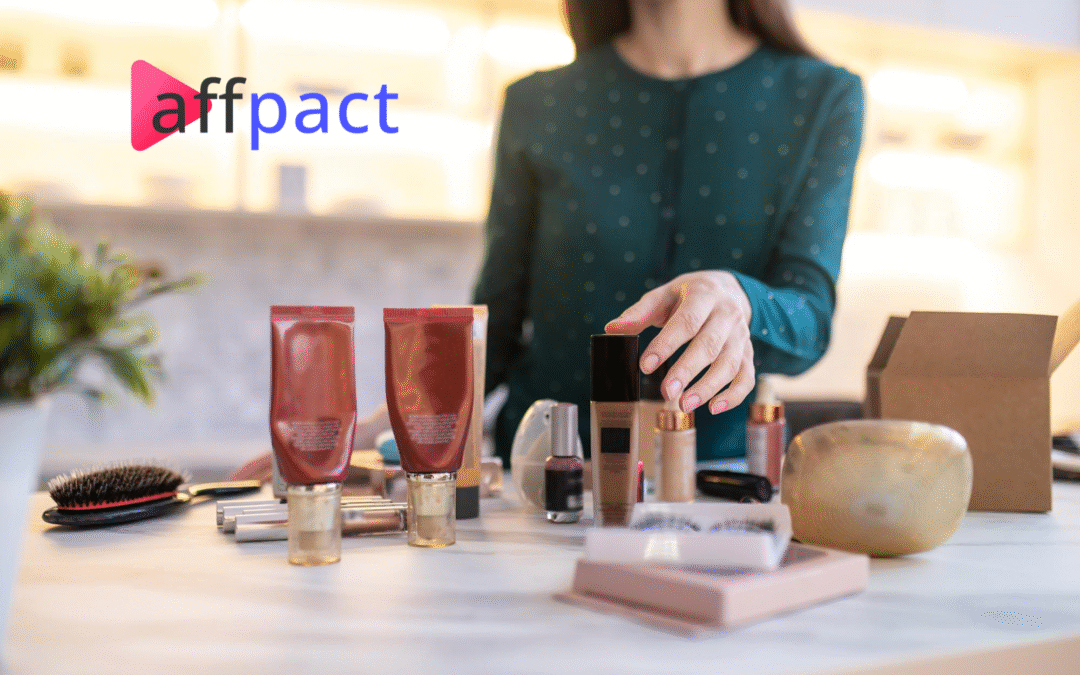
Case Study: Activities for a massage studio
In today's competitive wellness market, massage studios often face challenges in maintaining a steady flow of clients and increasing revenue. One such studio approached our firm with a specific goal: to increase massage sales in one month. The client was a small massage studio located in the center of a large city, offering a variety of relaxation and therapeutic services. The owners noticed a drop in interest during the off-season, resulting in lower revenues. Our marketing agency took on the challenge, analyzing the situation and proposing an integrated strategy based on data and personalized actions. In this case study, we describe step-by-step how we identified the profile of the ideal customer, implemented selected marketing channels and achieved impressive results. The goal was not only to increase sales in the short term, but also to build long-term relationships with customers, which could pay dividends in the future.
Ideal Customer Profile
Before launching any marketing efforts, it was crucial to accurately determine the profile of the ideal customer, that is, the personas who would be most likely to use the massage studio's services. Based on analysis of data from the client's purchase history, market research and surveys of existing clients, we created a detailed portrait. The ideal client is a woman between the ages of 25 and 45, working in a corporation or office position where she struggles daily with stress, muscle tension and lack of time to relax. She lives in or near a large city, making it easy to access the studio. Her income is at the middle or higher level, allowing her to invest in wellness services on a regular basis. She is active on social media and follows trends related to healthy lifestyles, yoga and mindfulness. She often looks for ways to recover quickly after a busy day at work, preferring relaxation, anti-cellulite or therapeutic back and neck massages. She has a family or partner, but she prioritizes taking care of her own well-being. She avoids cheap, mass services, valuing quality, discretion and professionalism. This profile allowed us to precisely target messages, which increased the effectiveness of the entire campaign.
Activities: Email Marketing
The first channel we implemented was email marketing, as a tool to directly contact our existing customer base and potential leads. We began by segmenting the studio's mailing list, dividing it into groups based on frequency of visits and preferred services. We prepared a series of personalized newsletters highlighting the benefits of massages, such as stress reduction and improved well-being. Each email included an attractive promotional offer, such as a 20 percent discount on a massage on a selected date, combined with limited availability, creating a sense of urgency. We used automation tools to send reminders about upcoming appointments and follow-ups after the appointment, encouraging repeat appointments. Content was rich in visual elements, such as photos of relaxing studio interiors and testimonials from satisfied customers. The channel succeeded in reactivating dormant clients and attracting new ones who signed up through a form on the studio's website.
Activities: SMS Marketing
Another element of the strategy was SMS marketing, chosen for its high effectiveness in achieving quick responses. SMS messages are read almost instantly, which fit perfectly with our goal of short-term sales growth. We collected phone numbers from customers who agreed to the communication, and sent a series of short, engaging messages. For example, the message read: "Hi, today's special offer: relaxation massage for £99 instead of £150. Book now: link." We emphasized the limited time of the promotion, which motivated people to act quickly. The campaign was targeted based on the profile of the ideal customer, sending messages in the evening hours, when potential customers finish work and think about relaxation. We monitored open and conversion rates, adjusting content on the fly. SMS marketing complemented email, reaching people who check email less frequently, and generating instant bookings.
Activities: Display Advertising
For display advertising, we opted for display ads on popular websites and mobile apps. We chose platforms such as Google Display Network, targeting users based on their interests in wellness, health and location near the studio. The banner ads were designed in a calm, relaxing aesthetic, with slogans like "Relax after a hard day - massage at a discounted price" and a call-to-action button leading to a booking page. We used remarketing to remind people who had previously visited the studio's website but didn't make a purchase about the offer. The campaign ran for a full month, with the budget spread over daily exposures, ensuring a steady flow of traffic. With analytics, we tracked clicks and conversions, optimizing ads for the best converting demographic groups, which perfectly matched our ideal customer profile.
Activities: Call Center
Last but not least was the call center, which allowed direct, personal contact with potential customers. We hired a team of telemarketers trained in wellness sales techniques. Based on a list of leads collected from previous channels, we called people matching the profile of the ideal client, offering individual consultations and promotional massages. The calls were scripted but flexible, focusing on empathy and solving problems like back pain or stress. For example, the consultant asked: "Are you experiencing tension after work? We have a special offer for a therapeutic massage." Each call ended with an attempt to schedule an appointment, with the option to send a confirmation via SMS. The call center operated in the afternoon and evening, when customers were more available. This channel added a human element to the campaign, building trust and converting leads into actual appointments.
Results
The campaign yielded significant results, exceeding the massage studio's initial expectations. During the month, sales of massages increased by 45 percent compared to the previous period, which translated into additional revenue of about 20 thousand zlotys. The number of new customers increased by 30 percent and returning customers by 25 percent, thanks to the successful reactivation of the base. Email marketing achieved an open rate of 35 percent and a conversion rate of 15 percent, generating the most leads. SMS had an impressive response rate of 40 percent, leading to quick bookings. Display advertising attracted more than 5,000 clicks, with a conversion rate of 10 percent, while the call center closed 200 appointments. Overall, the strategy not only achieved the short-term goal, but also strengthened the studio's brand, increasing customer loyalty. Based on these results, the studio continues to work with us, planning further seasonal campaigns. This case study shows how integrated marketing efforts, based on a precise customer profile, can transform business in the service industry.










